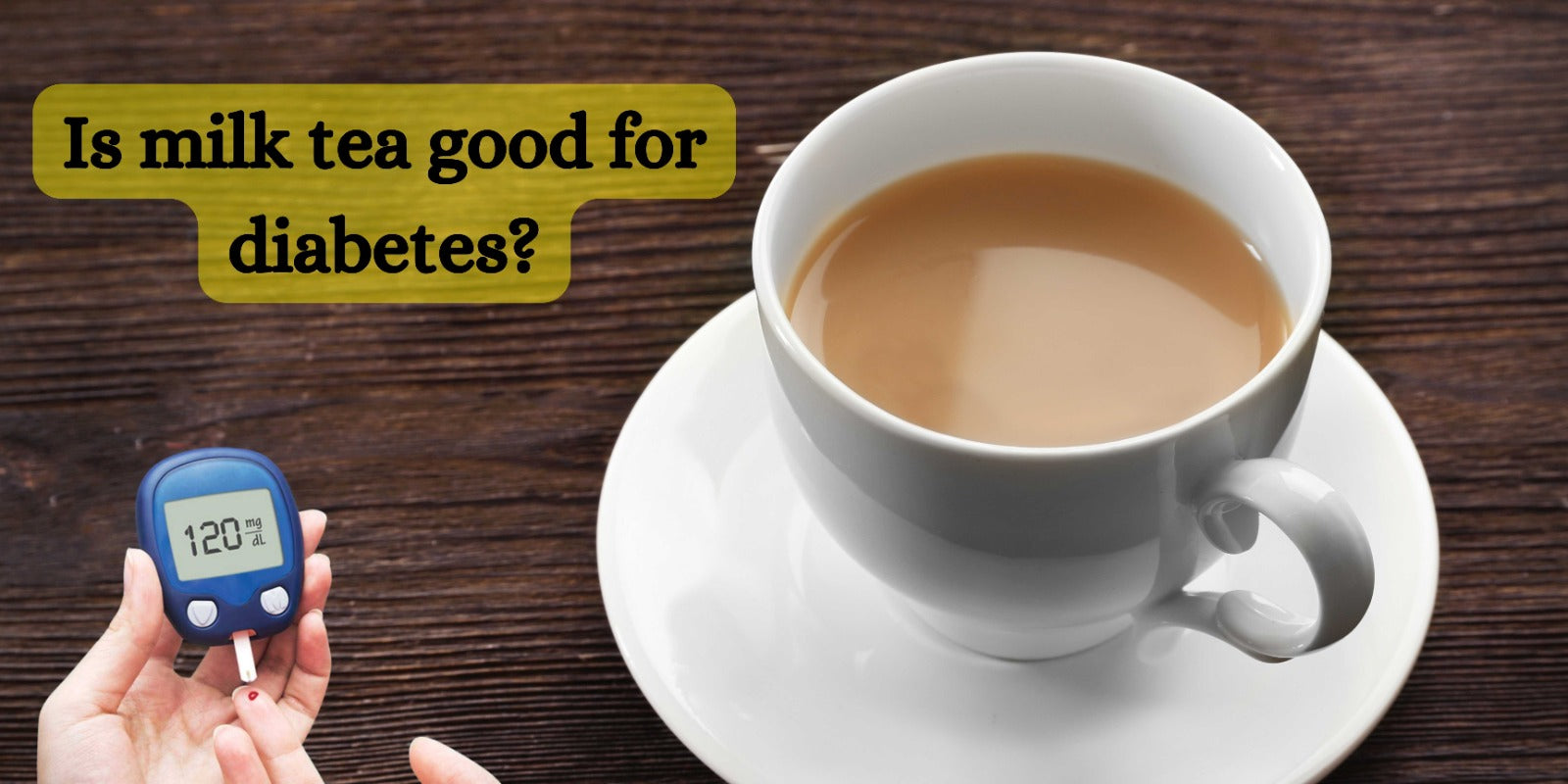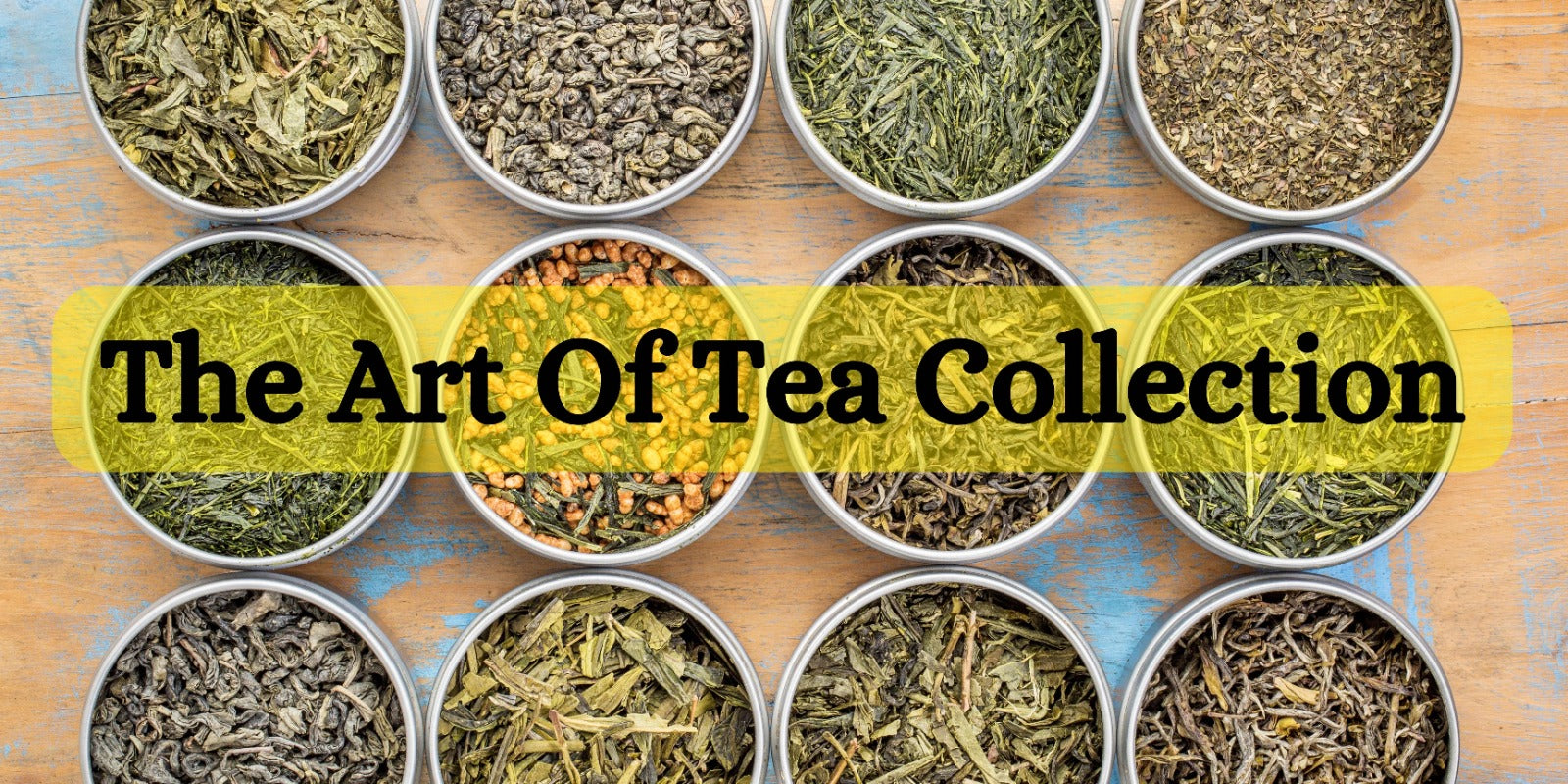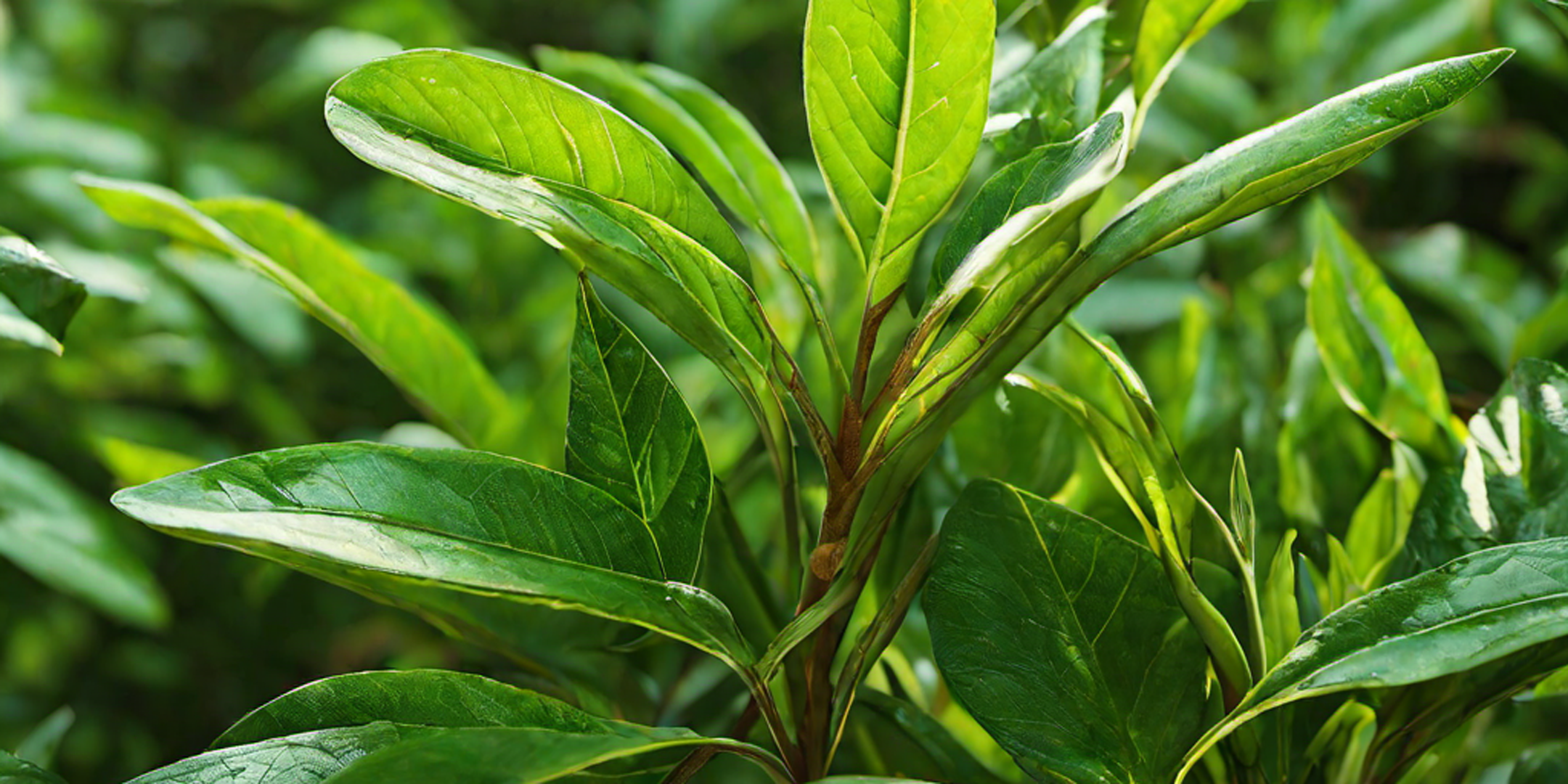Tea has been enjoyed for centuries, celebrated for its soothing warmth and diverse flavors. While some prefer their tea unsweetened, many tea enthusiasts appreciate the addition of sweeteners to enhance the overall taste experience. However, with the multitude of sweetening options available, it can be overwhelming to choose the right one, especially for those seeking to balance flavor and health considerations. In this comprehensive blog post, we will explore the various types of tea sweeteners, their characteristics, and provide guidance on choosing the right sweetener to complement your favorite brew.
Understanding Tea Sweeteners
When it comes to sweetening tea, individuals have a range of options to consider, each with its unique flavor profile, sweetness intensity, and potential health implications. By understanding the diverse qualities of tea sweeteners, one can make an informed choice that aligns with personal preferences and dietary needs.
1. Natural Sweeteners
Honey:
Honey, a natural sweetener derived from the nectar of flowers, is renowned for its distinct floral notes and characteristic sweetness. With an array of floral varietals available, such as clover, wildflower, and orange blossom, honey offers a depth of flavor that complements various tea types. While honey is lauded for its potential health benefits and antimicrobial properties, it is important to note that it is high in fructose and should be consumed in moderation, especially for individuals monitoring their sugar intake.
Maple Syrup:
Maple syrup, sourced from the sap of maple trees, provides a rich, caramelized sweetness that can add depth to the flavor profile of tea. With its associations to warmth and comfort, maple syrup is a popular choice for those seeking a natural and nuanced sweetening option. However, similar to honey, maple syrup contains significant amounts of natural sugars and should be used sparingly, particularly for individuals managing their carbohydrate intake.
Stevia:
Stevia, a zero-calorie sweetener derived from the leaves of the Stevia rebaudiana plant, has garnered attention for its intense sweetness and negligible impact on blood sugar levels. Available in both liquid and powder form, stevia offers a potent sweetness that requires only a small amount to achieve the desired level of sweetness. As a natural alternative to traditional sugar, stevia has become a favored option for individuals aiming to minimize their caloric and carbohydrate intake.
2. Sugar Substitutes
Erythritol:
Erythritol, a sugar alcohol naturally found in certain fruits and fermented foods, serves as a low-calorie sweetener with minimal impact on blood sugar levels. With its granulated texture and mild, cooling effect on the palate, erythritol is a versatile sweetener suitable for various types of tea. Its popularity has surged among individuals following low-carb or keto diets, as it can be used as a direct substitute for sugar in tea and baked goods.
Monk Fruit Extract:
Monk fruit extract, derived from the monk fruit, is valued for its intense sweetness and lack of calories and carbohydrates. Known for its natural origin and absence of aftertaste, monk fruit extract has become a sought-after sweetener for those prioritizing natural and sugar-free alternatives. Its concentrated sweetness makes it an efficient choice for sweetening tea without contributing to a spike in blood sugar levels.
3. Traditional Sweeteners
White Sugar:
White sugar, a staple sweetening agent in many households, offers a neutral sweetness that can complement the flavors of tea without overpowering them. While white sugar is a familiar and easily accessible ingredient, it is important to be mindful of its high carbohydrate content and impact on blood sugar levels, especially for individuals with dietary restrictions or those seeking to minimize their sugar intake.
Brown Sugar:
Brown sugar, characterized by its molasses content and caramel notes, presents a warm and slightly rich sweetness that can enhance the depth of flavor in certain teas, such as spiced or dessert blends. However, similar to white sugar, it is essential to consider the carbohydrate content and glycemic impact of brown sugar when incorporating it into a tea sweetening routine.
Choosing the Right Sweetener
1. Flavor Compatibility:
Consider the flavor profile of the sweetener and how it harmonizes with the characteristics of the tea. For example, honey's floral notes may complement the delicate nuances of white tea, while the caramelized sweetness of maple syrup could elevate the earthy tones of black tea.
2. Health Considerations:
Factor in any dietary restrictions or health goals when selecting a sweetener. Individuals aiming to minimize their carbohydrate intake may find natural sweeteners like stevia or erythritol to be suitable choices, while those seeking natural options might be drawn to honey or maple syrup.
3. Sweetness Intensity:
Adjust the sweetness to your taste preference. Some sweeteners, such as stevia and monk fruit extract, are significantly sweeter than traditional sugar, requiring less to achieve the desired level of sweetness. Understanding the sweetness intensity of each sweetener can help avoid over-sweetening tea.
4. Lifestyle and Preference:
Consider your lifestyle and personal preferences when choosing a sweetener. Whether you prioritize a natural origin, lower calorie content, or a specific flavor profile, selecting a sweetener that aligns with your values and tastes can enhance your overall tea-drinking experience.
Conclusion
In conclusion, the choice of a tea sweetener is a deeply personal decision, influenced by individual taste preferences, dietary considerations, and lifestyle choices. Whether one opts for the delicate floral notes of honey, the intense sweetness of stevia, or the comforting warmth of maple syrup, these sweeteners offer a range of flavor possibilities.. By understanding the qualities of each sweetener and considering factors such as flavor compatibility, health implications, sweetness intensity, and personal preferences, tea enthusiasts can make an informed choice that complements their favorite teas while promoting their overall well-being. With mindfulness and exploration, the art of sweetening tea becomes an engaging and enriching dimension of the tea-drinking ritual, allowing for the creation of personalized and gratifying tea experiences.




